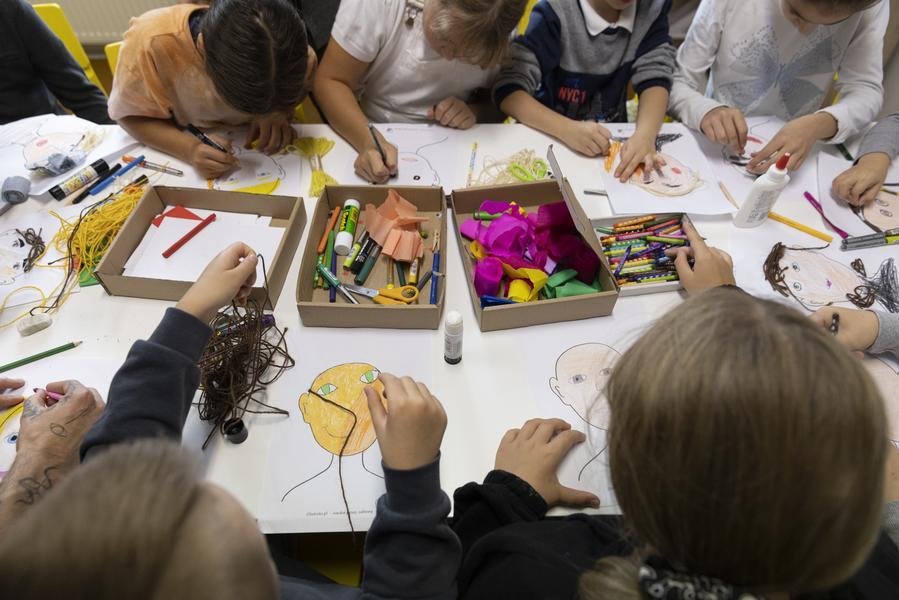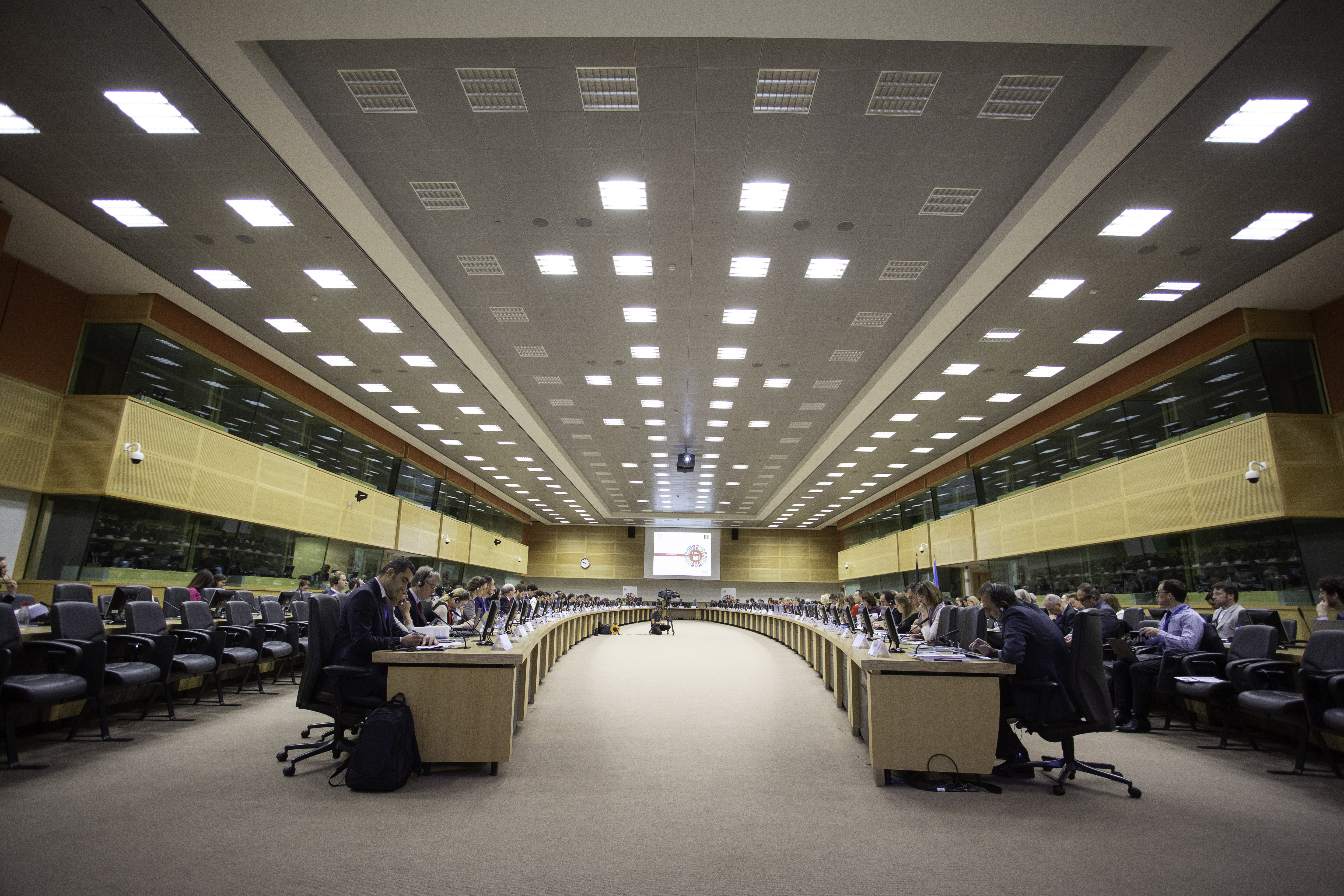
Policies
Play-based learning
Context
The concept and practice of play in early childhood education vary significantly across different settings and cultural contexts. Play is often seen as inherently enjoyable for children, providing opportunities for both solitary and social activities that combine cognitive and physical elements. While play is recognized for its benefits in physical development, relationship building, and expressive arts, its impact on cognitive outcomes, particularly early literacy and language development, has garnered increasing attention. Play-based learning spans a continuum from free play, where children lead activities, to guided and staff-led play, where adults play a more structured role in directing learning experiences. Despite its widespread implementation, the evidence supporting the cognitive benefits of play-based learning is limited and inconsistent, highlighting the need for further research to identify effective approaches.
Solution
Play-based learning interventions can be categorized along a continuum based on the level of adult involvement:
-
Free Play
- Definition: Child-initiated and directed activities with minimal adult intervention.
- Role of Adults: Planning and setting up the learning environment, providing resources and materials, and supporting play with intention and purpose.
- Example: Children engaging in unstructured play with blocks, allowing them to explore and create independently.
-
Guided Play
- Definition: Activities that involve some level of adult involvement to guide and extend play.
- Role of Adults: Planning scenarios, providing prompts, and steering play towards educational objectives.
- Example: A group of children engaging in pretend play where the adult introduces a new scenario to enrich the conversation and learning.
-
Staff-Led Play
- Definition: Structured activities led by adults with specific learning goals.
- Role of Adults: Directing activities, setting rules, and facilitating learning outcomes.
- Example: A game with rules designed to teach counting or letter recognition.
To implement play-based learning effectively, the following key aspects should be considered:
-
Creating Literacy-Rich Environments
- Design: Organizing indoor and outdoor spaces to include books, writing materials, literacy props, and environmental print.
- Purpose: Cultivating environments that support language, literacy, and mathematical knowledge through play.
-
Balancing Play and Structured Activities
- Approach: Finding the right balance between child-initiated play and more structured, adult-led activities to meet the diverse learning needs of children.
-
Staff Training and Development
- Training: Preparing staff to facilitate and support learning through play-based activities, including knowing when to intervene and when to observe.
-
Monitoring and Evaluation
- Assessment: Evaluating the impact of new play-based approaches to ensure they are meeting educational goals and making necessary adjustments based on findings.
Insights
The implementation of play-based learning can have several positive outcomes on early learning, particularly in cognitive development:
-
Cognitive Outcomes
- Learning Gains: Research suggests that play-based learning can lead to moderate improvements in learning outcomes, averaging four additional months of progress in areas such as early literacy, language, and numeracy.
-
Social and Emotional Development
- Behavioral Benefits: Play-based interventions can support social, emotional, and behavioral development, helping children develop self-regulation, social skills, and emotional resilience.
-
Addressing Educational Disparities
- Equity: Play-based learning has shown the potential to improve educational outcomes for children from socio-economic disadvantaged backgrounds, contributing to closing the disadvantage gap.
-
Variability and Research Needs
- Inconsistencies: The impact of play-based learning varies, and most positive outcomes have been observed in guided play rather than free play. This indicates a need for further high-quality research to identify the most effective play-based approaches and their specific components.
Analysis
While the evidence base for play-based learning is currently limited and inconsistent, the existing research highlights a positive relationship between play and early cognitive outcomes. Implementing play-based learning strategies, such as creating literacy-rich environments, balancing play with structured activities, and investing in staff training, can lead to significant improvements in early literacy, language, and numeracy skills. However, further research is essential to refine these approaches and confirm their effectiveness across diverse educational settings. By prioritizing evaluation and adapting play-based interventions to specific contexts, educators can enhance the learning experiences and outcomes for young children, fostering both cognitive and social-emotional developmen












